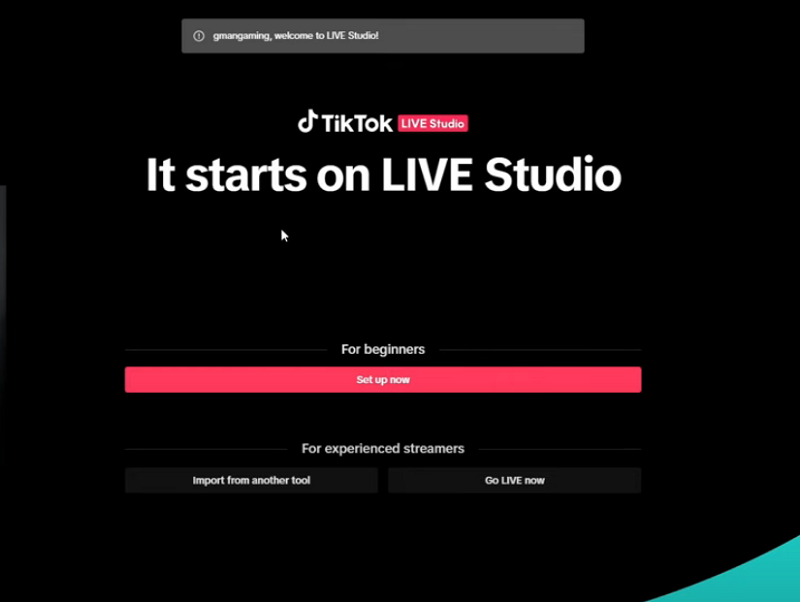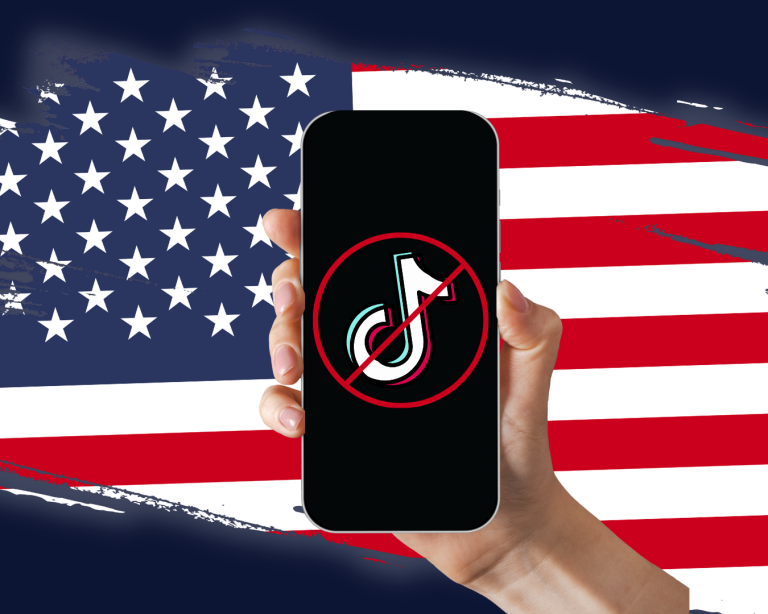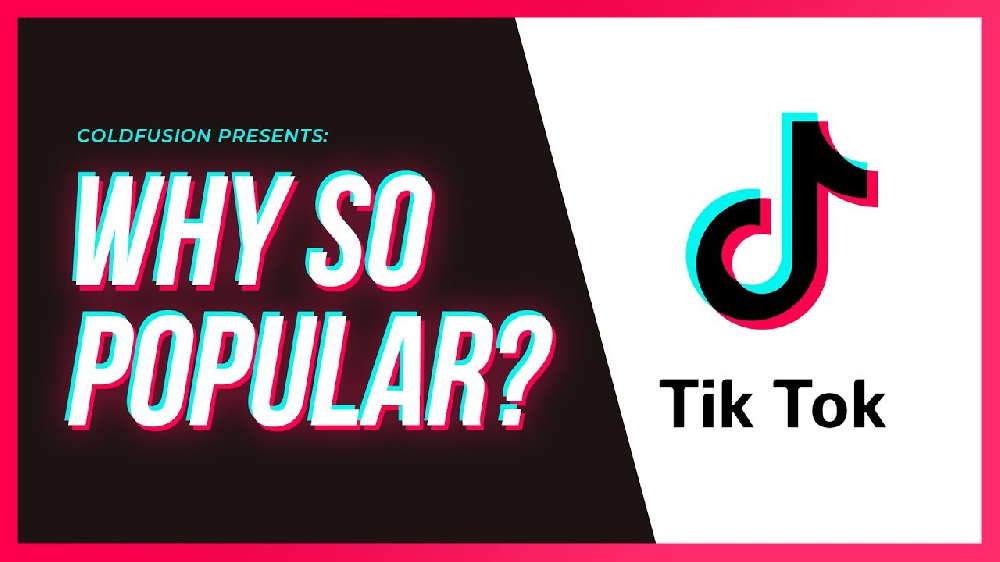TikTok Shop, the e-commerce arm of the viral short-video platform, is accelerating its global expansion with the official launch of its German, French, and Italian marketplaces on March 31, 2025. This move marks a significant step in TikTok’s strategy to deepen its presence in the European Union (EU), following its successful entry into Spain in late 2024.

Strategic Expansion into High-Potential Markets
The decision to target Germany, France, and Italy aligns with TikTok’s broader strategy to tap into regions with high e-commerce growth, young user demographics, and relatively favorable regulatory environments. These three countries collectively represent a massive consumer base:
Germany: 42 million monthly active TikTok users, with an average order value of $15–18.
France: 38 million users and similar purchasing power to Germany.
Italy: 32 million users and strong demand for beauty and fashion products, driven by a projected €16.5 billion cosmetics market in 2024.
TikTok’s EU user base now exceeds 159 million, with these three nations contributing nearly 60% of its European audience. The platform’s integration of shoppable content—via livestreams, influencer collaborations, and short videos—creates a seamless "entertainment-to-commerce" experience, ideal for converting its highly engaged users into shoppers.
New Opportunities for Cross-Border Sellers
To streamline operations for merchants, TikTok Shop has introduced flexible entry models:
Fully Managed Sellers: Businesses can now access a unified backend system to sell across all EU markets by submitting compliance documents (e.g., EU VAT numbers, product certifications) through the “Fully Managed Seller Center”.
Self-Operated (POP) Sellers: Currently available via invitation-only, this model will soon open to more sellers, allowing them to leverage TikTok’s content-driven ecosystem for brand growth.
A groundbreaking “One Store, Five Countries” policy further simplifies cross-border sales. For instance, a seller registered in Spain can automatically open sub-stores in Germany, France, Italy, and Ireland, eliminating the need for separate applications. This reduces logistical complexities and enables localized strategies, such as offering premium beauty products in Germany while promoting affordable fashion in Italy.
Regulatory Hurdles and Compliance
Despite the opportunities, TikTok Shop faces challenges in navigating Europe’s stringent regulations. Recent scrutiny under the EU’s Digital Services Act (DSA), including investigations into TikTok Lite’s reward features, underscores the platform’s need to balance innovation with compliance. Sellers must also adhere to strict requirements, such as local VAT registration, EU product safety standards (GPSR), and warehousing capabilities.
Competitive Landscape and Future Prospects
TikTok Shop’s expansion pits it against established players like Amazon, Temu, and Shein in Europe. However, its unique blend of social engagement and shopping—exemplified by live-stream sales and influencer partnerships—could disrupt traditional e-commerce models.
Looking ahead, TikTok plans to extend its reach to Brazil in April and Japan in June 2025, signaling relentless global ambitions. For now, all eyes are on Europe, where the March 31 launch could redefine the continent’s digital retail landscape.



